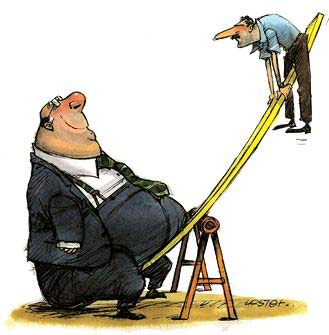
Accounting for the Numberphobic: A Survival Guide for Small Business Owners


All Revenue Is Not Created Equal: The Keys to the 10X Revenue Club - Above the CrowdAbove the Crowd | by Bill Gurley
economic moatabovethecrowd.com

$100M Offers: How To Make Offers So Good People Feel Stupid Saying No (Acquisition.com $100M Series Book 1)
amazon.com